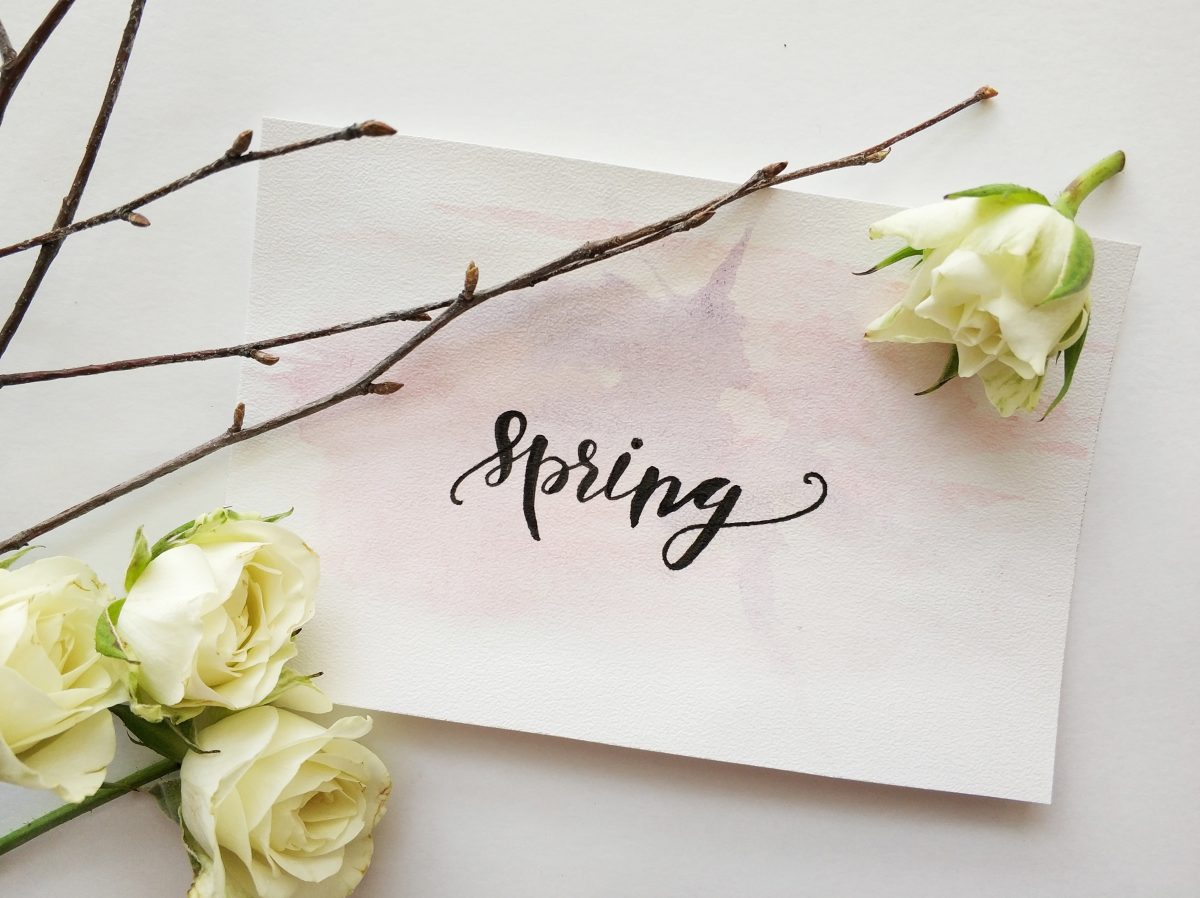In the context of addiction, an intervention is a process by which family members and friends (and maybe a professional intervention specialist) show someone who is struggling with addiction the negative consequences he has on his own life and those who care for him. Interventions are needed when the addicted person cannot be motivated to seek help on his own and his behavior puts both himself and others around him in danger.
I have heard people say that you should wait until the person hits rock bottom and realize on his own that he needs help because he can only go up from where he landed. However, what is “rock bottom” defined as? And what if “rock bottom” means an overdose or a car accident? If you notice that someone close to you is struggling with addiction and is putting not only himself but also others in danger, it is your responsibility to intervene.
You don’t need permission to warn someone that they are about to walk into a door, so why do you need permission to save someone’s life? Done correctly, an intervention can save and change someone’s life for the better. However, interventions can fail very easily when the people involved are not equipped with proper intervention strategies for drug addiction.
Why do Interventions Fail?
According to the 2016 National Survey on Drug Use and Health, an estimated 21.0 million people aged 12 or older needed substance use treatment, but only 3.8 million received any treatment. One of the reasons why this number may be the effects failed interventions. Interventions staged without professional help or sufficient knowledge are a lot more susceptible to failure because families and friends. Let us explore a few reasons why interventions fail in general:
Intervention costs
Interventions can be costly and not everyone has that money. Depending on whether you choose a company or an individual to assist in the intervention, costs can range from $2,500 up to $10,000. This cost can easily deter people from seeking professional help could be critical in making an intervention successful.
Lacking a Unified Front
A unified front from everyone involved in the intervention is critical to its success. If a participant was not informed properly of the plans ahead of time or they let their heart become soft during the intervention, the addict will be quick to use him/her to his advantage. During the intervention, the addict will be sat in the middle; should he find an opportunity to foil the intervention or break out, he will definitely pounce on it. Thus, it is important that everyone involved has the mental fortitude to follow through with the set plan.
Shaming the Addicted Person
Although intervention requires that the people involved help the addicted person become aware of his dangerous and detrimental behavior, it is not helpful to point fingers or shame him at all. The addicted person has most likely be carrying a lot of shame and guilt that could also be the root of their addiction. Don’t make him feel worse than he may already feel, or else he will simply be unreceptive to anything you say. Try avoiding statements beginning with “you” and talk more about how you feel using “I statements.”
Lack of Planning Post-Intervention
Be prepared for anything. Sometimes, interventions fail because there was no concrete plan immediately following it. If you allow the addicted person time to choose a treatment center or even to pack, you are allowing the addicted person more time to think about his decision and he could easily rationalize that he does not need treatment even though he had agreed to it during the intervention. You can avoid this by having picked out a treatment center (preferably far away, by plane), transportation booked, and bags packed. This way, there would be a smooth and immediate transition that would leave no room for escape.
Insufficient Knowledge on Addiction
If participants staging the intervention are not knowledgeable about addiction in general or know how to navigate the psychology of people who struggle with addiction, the chances of the intervention failing is a lot higher. You may not have all the time to pour over research or comb through articles online, and even if you do, you may not know where to look. You may miss out on certain information or not know how to react if the addicted person says or does something that you did not expect. If you falter at all, the addicted person will notice and use that as an excuse to avoid treatment. Your best bet is to hire a professional who can educate the participants on the statistics of addiction recovery, methods and tips for navigating difficult situations, and he can be a mediator for you and your loved one. A trained interventionist understands the correlation between addiction and psychology, and is properly trained to help guide everyone through the process.
Poor Timing
Timing is critical to arriving at a successful intervention, yet it is one of the easiest components to overlook. Choose when to intervene wisely. Do not stage an intervention when the addicted person is intoxicated because he would not be cognizant to anything that is happening to him.
Why You Might Need a Professional Interventionist
Although a professional interventionist is not always necessary, he can still increase the chances of the addicted person agreeing to treatment. I would personally hire a professional for two main reasons: they have experience and will handle the work for you. Although you may not be considering a professional’s help, but there are certain situations where it would be best for them to step in, such as:
- History of mental illness
- Abusive or violent behavior
- Suicidal behaviors
Whatever you decide, there is no right or wrong answer.








